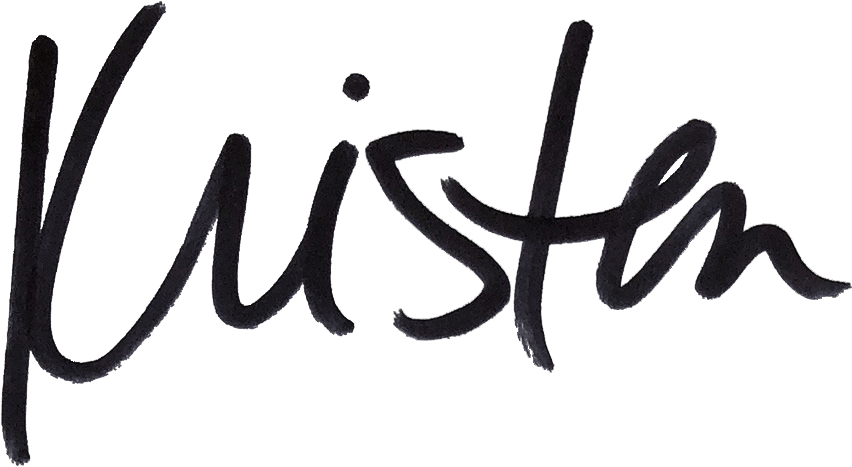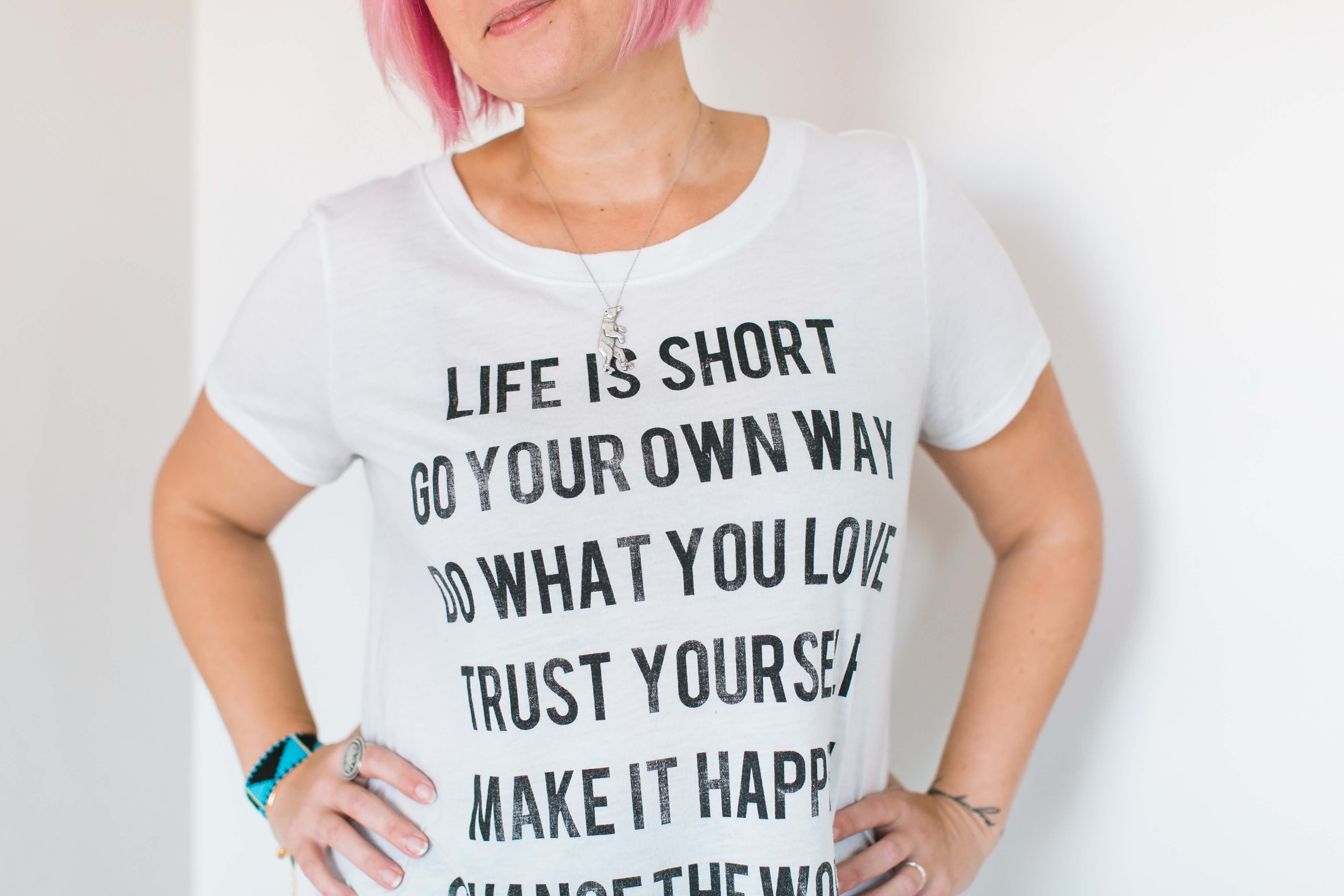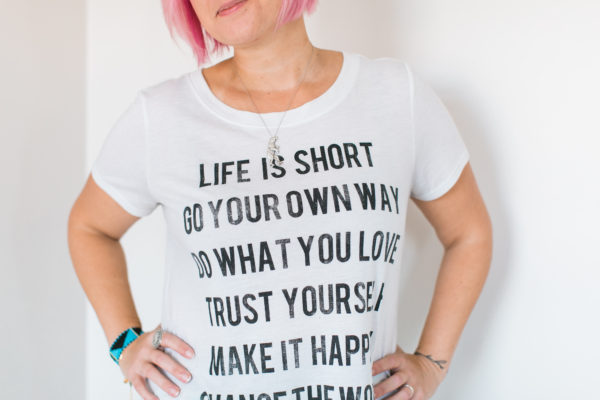Ah, the newsletter. Bane of every small business owner’s existence. Source of much strife and procrastination, many viewings of Game of Thrones, and infinite excuses for not sending today.
You hem, you haw. You “don’t want to say anything unless you have something to say,” so nine months pass between communications.
Or worse, you’re bored by what you’re saying but you send it out anyway. And no one responds. No one takes any action, so you write the newsletter off as useless.
It doesn’t have to be that big a deal to create and send a regular newsletter. (I know it is in your mind, because ASSHOLE BRAIN, but it doesn’t *have* to be a big deal.)
Let’s start with three simple elements you can use to make ANY newsletter/missive/communication better, okay?
The Ultimate Newsletter Template involves engagement, value, and a call to action.
Start with element #1: engagement.
To keep your readers engaged, you’ve got to be engaged first. There’s no wrong way to engage your readers — whether you want to talk about the latest book you’ve read or movie you’ve seen, some of the most rewarding work you’ve done lately, or the ways in which you’re changing your freaking exercise habits.
Draw your reader into the newsletter with details that will matter to ’em. That might mean a personal story from you and your life; the latest research relating to your business or your field of expertise; or a recent experience that relates to your business in some way. So long as you keep it short and you actually find it interesting, trust that your readers will feel the same way.
THEIR engagement doesn’t come from YOUR sense of obligation.
If you’ve got yourself a formula for how to write the best newsletter ever and it says you have to start with talking about the weather, or your horoscope, or your latest business achievement — and that thing doesn’t feel good to you — then you’re bumping up against obligation. That dreaded sense of “Oh, I have to say THIS” will ruin your communication right from the start, which means people don’t read the whole thing or will click away two second into it.
Related: how to find, refine, and actually USE your voice.
Then add element #2: value.
Once you’ve got your peeps engaged, it’s time to deliver value. Value, meaning: you improve your reader’s life in some small way with this piece of communication.
This value is going to look different for every business owner on earth, but here are some ideas to get you started.
Value-add option: your creative solution to a problem
Natural problem solvers want to help other people solve problems. (Humans are really straightforward that way.) If you already teach people how to do stuff, your newsletter is a place to share the free knowledge you offer that leads to deeper work. For example, teaching people to plant their produce might be one of your free tutorials — but teaching people how to get the maximum produce from their garden over the course of the growing season might be your paid work. Likewise, I teach people to do breathwork for zero dollars — but you can always book a 1-on-1 session with me if you want to go deeper, or pick up a breathwork class if you like what you find.
Value-add option: how-to/DIY tutorials
Not a teacher or person who teaches people how to do stuff? Actually, you can still teach people how to do stuff. 😉
If you’re into crafting and making, you can deliver DIY tutorials that keep your peeps engaged. Even if you’re a wedding photographer, delivering DIY value could mean helping peeps square away their wedding decorations, their florals, or their craftiest and quirkiest wedding favors via helpful Pinterest boards or interviews with other rad humans who are really good at what they do. Complementing the work you do with DIY help means you’re delivering tremendous value to your peeps. (Or at the very least, passing along your favorite vendors!)
If you’re into sewing, that tutorial for those cute little pillowcases might lead peeps to demand that you make more for ’em — and then you might have a whole separate business selling those pillows. Just ’cause you were sharing your creative impulses with your peeps. Personally, I show my work when it comes to my painting, and use the proceeds to fund charity work.
Value-add option: inspiration & curation
Some people are natural stylists. Everything they touch seems like it could appear in a museum. If you’re one of those people who photographs your shoes in twelve different positions for Instagram before putting ’em on your feet, you’re a natural curator.
Why not use your newsletter to share what’s inspiring you and what’s interesting to you at the moment?
Sure, you sell a product or service (here’s a tutorial for that), but you’re free to share the other products or services that go best with yours. Trust me, we’d rather have our favorite nutrition expert share the best protein powders for our smoothies than have to go through the trial and error of purchasing all those chalky, chalky powders ourselves.
Round it off with element #3: the call to action.
Without a call to action, newsletters can feel a bit aimless — leaving your reader feeling like, “You’re contacting me WHY!?” instead of inviting further engagement. And by engagement, I mean people being excited about what you’re doing in the world.
Personally, I assumed that people would respond to my newsletter “naturally” if they felt it was interesting, but I get at least five times more e-mail responses when I add a simple “Reply to this e-mail and…” at the end.
Don’t assume people will naturally reach out and buy/call/e-mail/chat without a bit of prompting! We’re all busy, and we’re all trying not to step on one another’s (busy) toes. Inviting connection speaks volumes about you, your values, and your business.
In the end, every newsletter should end with a call to action. You don’t want your reader to read the e-mail and feel done.
Here are 7 simple calls to action that work most anywhere: Click here, Start here, Read this, Add to cart, Buy now, Call me, Reply to this e-mail.
Simple, short phrases like “Click here” or “Start here” or “Read this” or “Add to cart” or “Buy now” or “Call me” or “Reply to this e-mail” are all calls to action that get your readers doing what you’d like. It’s up to you to shape business communication to be engaging.
By using these three elements and making damn sure you want to read your own newsletter, you’re off to a good start.
P.S. More newsletter rehab right here.
Photo // my own from time spent in Njabini, Kenya with Flying Kites










